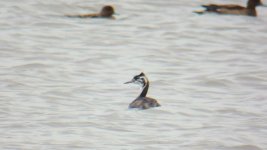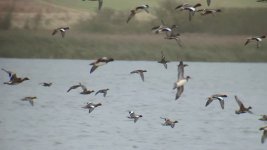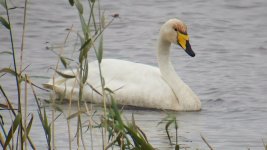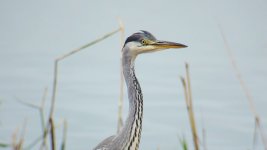Firstly, let me say that my digiscoping results do not approach the very high quality of the still images being obtained by most of the contributors to this forum.
I use my digiscoping equipment to mostly take long range video footage and grab images for record purposes, with the occasional close range stills image.
My current modest equipment comprises ;
Celestron Ultima 80 scope (non ED).
Baader Hyperion Zoom Eyepiece.
Baader Microstage II camera support.
Sony DSC WX7 Compact camera.
The above equipment provides adequate MP4 video. The quality of the photo shots are however quite soft and undetailed.
I have gradually upgraded my system, my latest acquisition being the Hyperion Zoom Eyepiece.
My question is this :
Considering my limited budget and my requirement to take mainly long range video footage with the occasional close range stills image, would my next investment in the region of £500 be best spent on a scope upgrade or a compact camera upgrade.
The scope candidate is a Celestron Regal 80 F-ED 45º
The compact camera candidate is Sony Cyber-Shot DSC-RX100
I welcome your feedback to help me decide on my upgrade choice AND perhaps open a debate on what provides the best bang for buck, a good scope or a good compact camera, considering what is on the market today.
Many thanks in advance.
I use my digiscoping equipment to mostly take long range video footage and grab images for record purposes, with the occasional close range stills image.
My current modest equipment comprises ;
Celestron Ultima 80 scope (non ED).
Baader Hyperion Zoom Eyepiece.
Baader Microstage II camera support.
Sony DSC WX7 Compact camera.
The above equipment provides adequate MP4 video. The quality of the photo shots are however quite soft and undetailed.
I have gradually upgraded my system, my latest acquisition being the Hyperion Zoom Eyepiece.
My question is this :
Considering my limited budget and my requirement to take mainly long range video footage with the occasional close range stills image, would my next investment in the region of £500 be best spent on a scope upgrade or a compact camera upgrade.
The scope candidate is a Celestron Regal 80 F-ED 45º
The compact camera candidate is Sony Cyber-Shot DSC-RX100
I welcome your feedback to help me decide on my upgrade choice AND perhaps open a debate on what provides the best bang for buck, a good scope or a good compact camera, considering what is on the market today.
Many thanks in advance.
Last edited:







